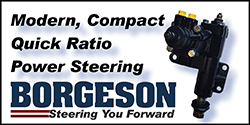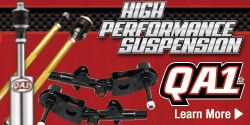Mattax
Just the facts, ma'am
I think thats enough snips for discussion while still falling under 'fair use'.
Curious if there are any observations about piston dwell time and intake valve closing points. In your own words is fine. Just a couple of other factors that can come into play with spark lead.
Curious if there are any observations about piston dwell time and intake valve closing points. In your own words is fine. Just a couple of other factors that can come into play with spark lead.
















